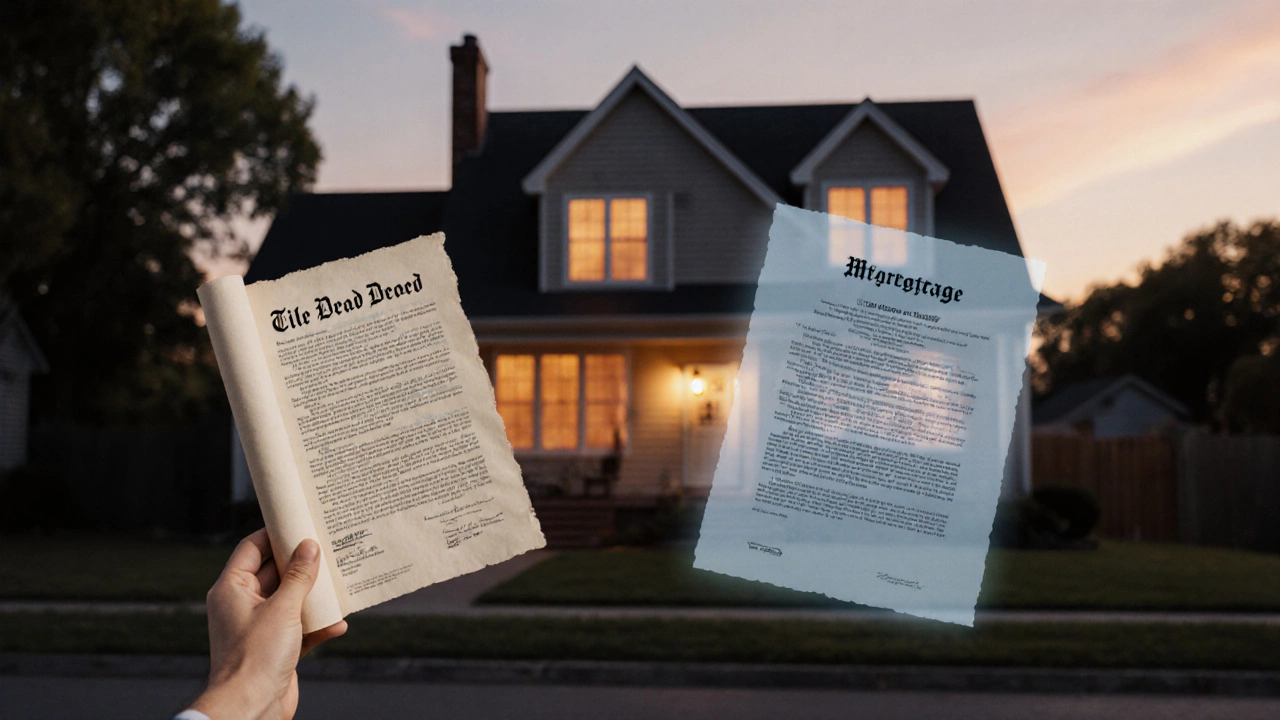Property Registration: Simple Steps to Secure Your Home
When you buy a house, the paperwork doesn’t end at the sale agreement. Registering the property with the local sub‑registrar makes your ownership legal and protectable. Skipping this step can lead to disputes, loss of rights, or trouble selling later. Below is a plain‑English rundown of what you need, how the process works, and where Windsor Paradise Realty can help you breeze through it.
Key Documents You’ll Need
First, gather the basics. You’ll need the sale deed signed by buyer and seller, the original title copy, and a recent tax receipt (property tax or stamp duty). Your ID proof (Aadhar, PAN) and address proof are also mandatory. If the seller has taken a loan, the mortgage release letter must be attached. Don’t forget the Encumbrance Certificate – it shows the property is free of any hidden liens. Having everything ready before you step into the office saves time and avoids extra visits.
Step‑by‑Step Registration Process
1. Visit the Sub‑Registrar Office: Bring all documents and a few passport‑size photos. The officer will check the paperwork and ask for any missing items.
2. Pay Stamp Duty & Registration Fee: Fees differ by state; most places charge around 5‑7% of the property value as stamp duty and a smaller registration fee (often 1%). You can pay online in many states, then collect the receipt for the office.
3. Verification & Signing: The registrar verifies the documents, reads out the deed aloud, and both buyer and seller sign in front of the officer. This step makes the transaction official.
4. Receive the Registered Deed: After a short processing time (usually 1‑2 weeks), you’ll get a certified copy of the registered deed. Keep it safe – it’s the legal proof of ownership.
5. Update Land Records: Finally, update the municipal or revenue records with the new owner’s name. This ensures future tax bills and utility connections go to you.
Common hiccups include missing signatures, mismatched property details, or unpaid taxes. If the land records show an old owner, you’ll need an Extract of Title or a No‑Objection Certificate from the previous holder. These extra steps can delay registration, so double‑check everything beforehand.
Many states now offer online portals for document upload and fee payment, cutting down on trips. However, you still need to appear in person for the final signing. If you’re uncomfortable handling the paperwork yourself, hiring a local lawyer or a trusted real‑estate agent can smooth the process.
At Windsor Paradise Realty, we’ve helped dozens of buyers complete registration without a hitch. Our team can review your documents, calculate exact stamp duty, and schedule your appointment with the sub‑registrar. We also keep a digital copy of your registered deed for easy future reference.
Bottom line: Registering your property is a legal must, not an optional formality. By preparing the right papers, paying the correct fees, and following the step‑by‑step checklist above, you lock in your ownership and avoid future headaches. Need a hand? Reach out to Windsor Paradise Realty – we’ll guide you from offer to official title, hassle‑free.
Homeowner or Borrower? How a Mortgage Affects Your Property Ownership
by Arjun Mehta Oct 20 2025 0 Property RegistrationExplore whether a mortgage affects your homeowner status, understand rights, registration steps, and key misconceptions in clear, practical terms.
READ MOREWhat Does a Yellow License Plate Mean in New York? A Real Look at Property Registration
by Arjun Mehta Apr 17 2025 0 Property RegistrationCurious about those yellow license plates in New York? This article cuts through the rumors and digs into what the color actually means when it comes to property and vehicle registration. You'll find out if the plate color affects anything about your car, what the switch to yellow was really about, and why you might still see older colors on the road. Get the facts, some cool bits of plate history, and how it all matters to you as a New York driver.
READ MORE
